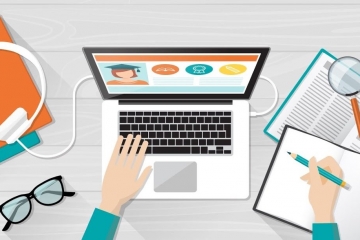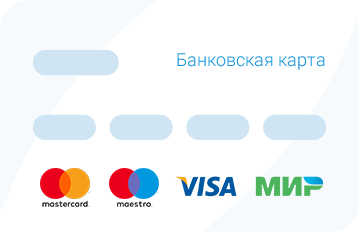
We can’t deny that textbooks, grammar rules and lessons are a major part of language learning. Even though it might not be as interesting as learning with ‘natural sources’, such as live conversations, listening to music, and watching films and TV shows.
We are going to talk about the right way to learn English while watching your favourite films. Before we start, there is something I have to tell you. If you ever meet a person with a really good English, and they will claim that they have learnt it just by watching films and TV shows is the original, there are just a few options: they are lying, they might not be telling you the whole truth, or they simply have some super duper phenomenal abilities (which is unlikely).
The first rule of ‘the right film watching’: one time is not enough if you are working on your speaking, listening, writing and vocabulary.
Speaking, listening, writing and vocabulary building are the four main goals, in my opinion. And every time we watch something, we have to single out only one of them. Otherwise, our film watching will not bring any results.
So, if you need to work on listening, here is a step by step action plan for you:
- Pick a short extract (five to ten-minute-long) and watch it without subtitles.
- Analyze for yourself what you have understood. Try retelling it in English or Russian (if it’s really difficult for you).
- Watch the same extract again, but this time with subtitles. and check how well you understood dialogues when watching the first time.
- Write down new words in our dictionary and translate them.
- Watch the extract for the third time and compare how much you can understand now.
Now we are going to work on speaking skills. Here is the plan:
- Watch a short extract (five to ten-minute-long), without subtitles.
- Analyze for yourself what you have understood.
- Write a brief summary in your notebook.
- Retell the extract using your notes.
- Watch the extract with subtitles.
- Now write a detailed summary.
- Retell again using your notes.
*It is even a better idea to record your speaking. This way you can notice your grammar and pronunciation mistakes.
You can work on your writing and vocabulary together. Here is what you have to do:
- Pick up a short extract (five to ten-minute-long) and watch it without subtitles.
- Think how well you have understood it.
- Write down and translate new words, phrases and sentences.
- Write a brief summary using new vocabulary.
- Submit your notes for checking (there is a useful link below!) or check them yourself.
- Write again without mistakes.
- Make your own examples with new vocabulary.
- Submit for checking (the same link!)
- Read out loud what you have written.
* Your texts can be checked for mistakes here https://fluent.express
On this site native speakers check texts online. I recommend you check the text yourself first before submitting. This way you can learn to notice some of your mistakes.
And here is the most interesting part!
Where can you watch films online with and without subtitles?
You can download our extremely useful list with different resources and start improving your skills!
We hope you have found this article interesting!































